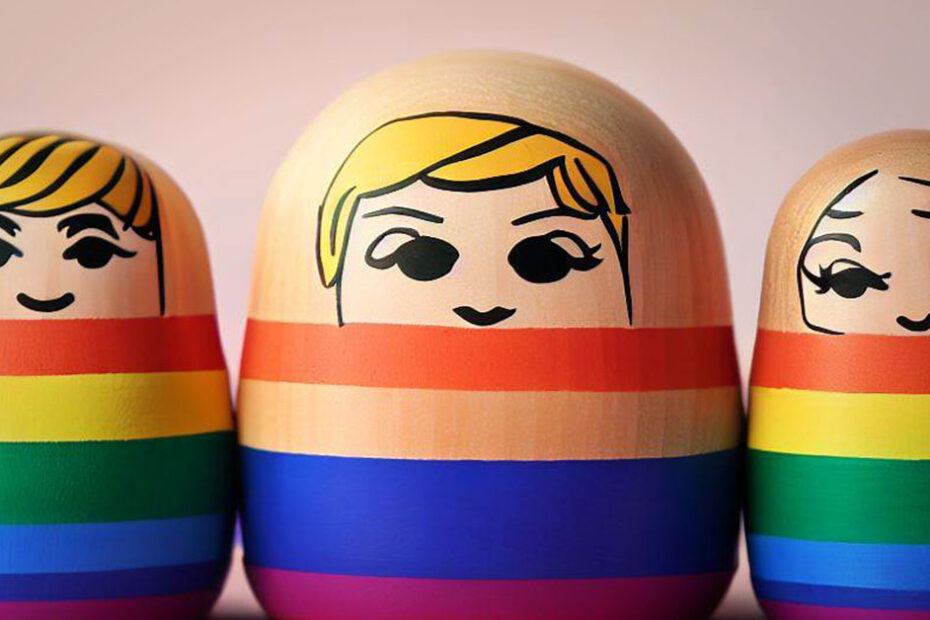By Judie Brown
“Some of those suffering from gender dysphoria seek respite from their pain by identifying as the opposite sex or some ‘non-binary’ variation,” writes Bishop Paul Coakley.
So I am compelled to ask where those words “gender dysphoria” and “non-binary” have been because at nearly 80 years of age, I had never heard either of them in reference to a human being until a few short months ago! Because they are now part of the public conversation, I did some digging, and here is what I found.
According to the Mayo Clinic, “Gender dysphoria is the feeling of discomfort or distress that might occur in people whose gender identity differs from their sex assigned at birth or sex-related physical characteristics.”
The University of Oslo (Norway) Center for Gender Research states that the concept of gender dysphoria “was coined by the psychiatrist Norman M. Fisk in the early 1970s.”
Merriam-Webster defines non-binary as “relating to or being a person who identifies with or expresses a gender identity that is neither entirely male nor entirely female.”
My first reaction to this word salad is to wonder aloud: How did our society misunderstand God, since we know His word states clearly (Genesis 1:27) “Male and female He created them”?
For most young people who experience feelings of gender dysphoria, the experience is temporary, and according to recent relevant research, a non-heterosexual orientation is not as fixed as sometimes claimed. So, now we have questions.
For example, exactly where did the public discussion of gender come from? And why are we hearing more about it today than ever before?
History is a good teacher when challenging the current gender agenda, and in order to put it in perspective, we need only go back to 1969. According to my research, it was the Stonewall riots that started it all. The Stonewall Inn was a “gay bar in the Greenwich Village section of New York city” where police had come to arrest folks. But the bigger story for us is not the pivotal encounter between homosexuals and cops but rather why individuals chose to create a public display of their homosexuality. And the simple answer is that sometimes situations aggravate a problem that has been in existence for years, if not since the beginning of time.
The Catholic encyclopedia reminds us that the 1975 Declaration on Certain Questions Concerning Sexual Ethics clarifies doctrine on the matter of the homosexual person. It says:
In the pastoral field, these homosexuals must certainly be treated with understanding and sustained in the hope of overcoming their personal difficulties and their inability to fit into society. Their culpability will be judged with prudence. But no pastoral method can be employed which would give moral justification to these acts on the grounds that they would be consonant with the condition of such people. For according to the objective moral order, homosexual relations are acts which lack an essential and indispensable finality. In Sacred Scripture they are condemned as a serious depravity and even presented as the sad consequence of rejecting God. This judgment of Scripture does not of course permit us to conclude that all those who suffer from this anomaly are personally responsible for it, but it does attest to the fact that homosexual acts are intrinsically disordered and can in no case be approved of.
These words may be difficult to read given the ongoing effort in society to legitimize sexually disordered activity, but in the love of Christ for each of His children, we respond with the words of the ministry of Courage International: “Through our apostolate, people who experience same-sex attraction receive pastoral support in the form of spiritual guidance, community prayer support, and fellowship.”
“Hate the sin, love the sinner” is how we will diffuse the gender agenda.
